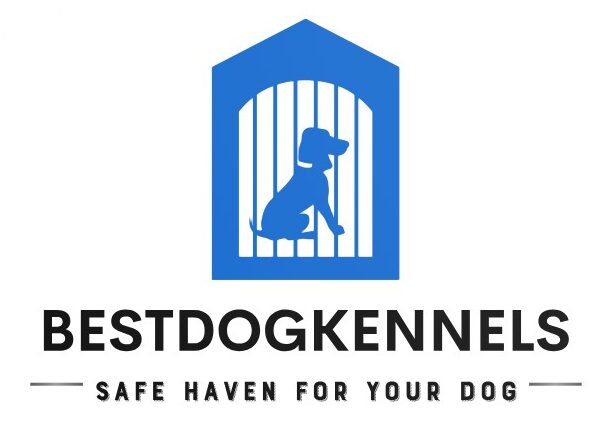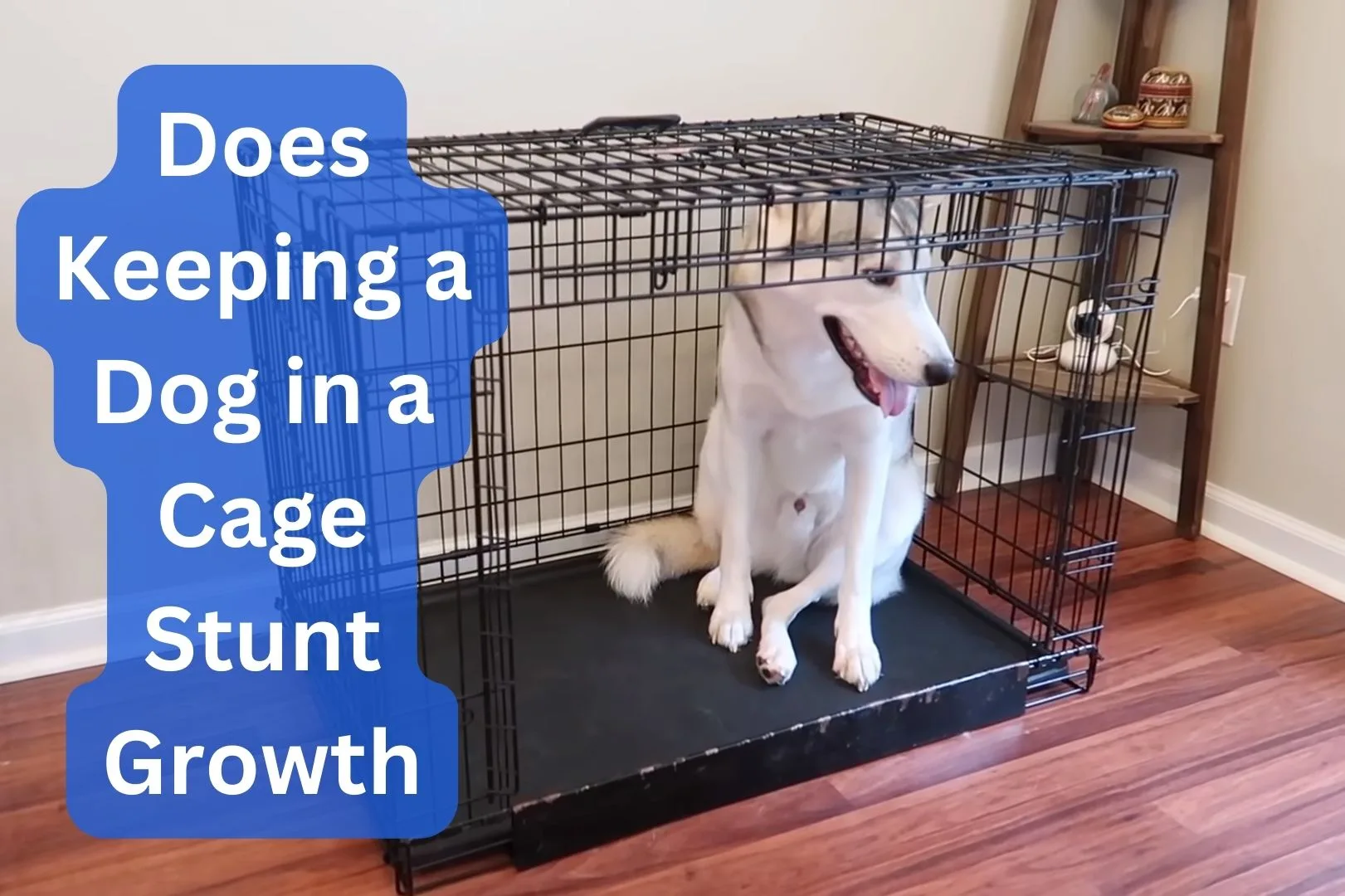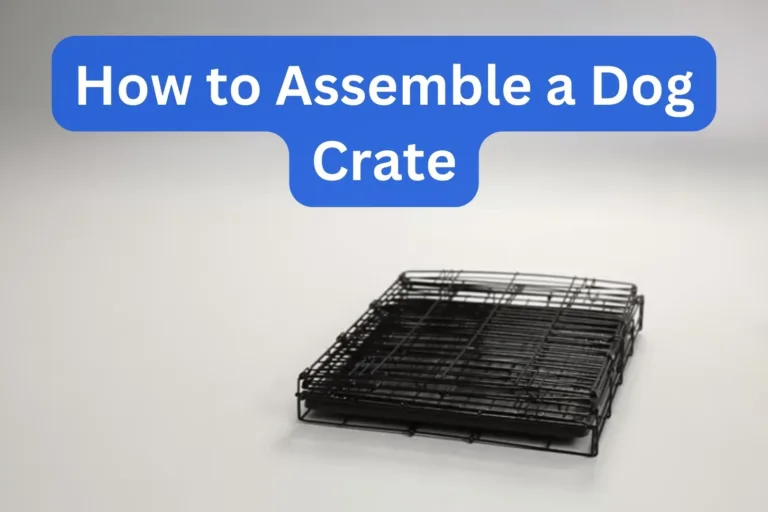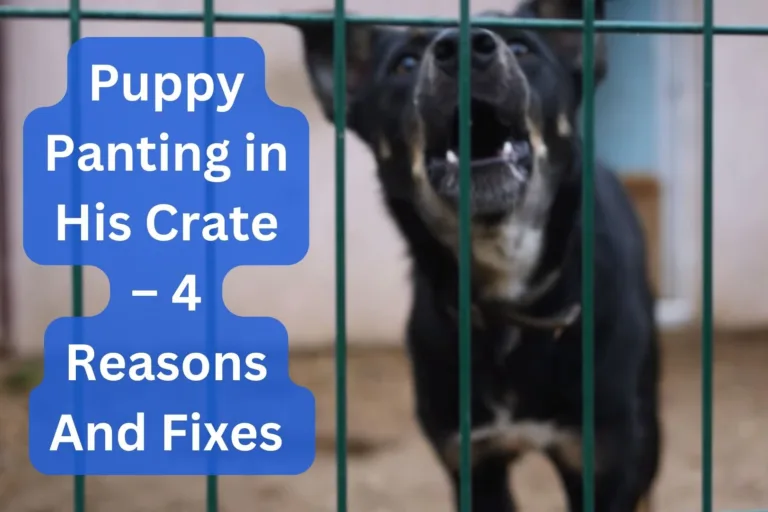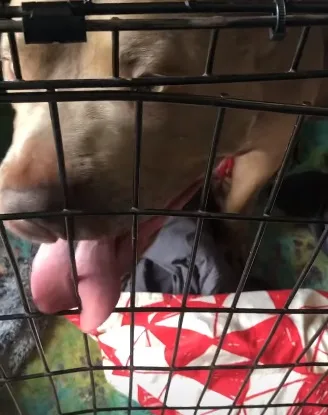Does Keeping a Dog in a Cage Stunt Growth – Solved
Most dog training experts agree that crate training is necessary to help your dog acclimate to his domestic life with his new parents.
If done properly, the crate becomes a sort of den for the dog, who can return to it anytime he needs rest or some precious moments of solitude.
Not only does this benefit the parents, who don’t have to chase him all around the house, but also the pup who comes back from his crate refreshed.
However, more recently, concerns have started developing among dog parents that crating may be one of the reasons for stunted growth in dogs.
So, does keeping a dog in a cage stunt growth?
Our answer is no, but you do have to carefully follow certain conditions when crate-training your pup for multiple reasons.
Want to know more? Make sure you go through the rest of this guide as we discuss crate training, its benefits, and why it doesn’t affect your dog’s growth.
Table of Contents
Does Keeping a Dog in a Cage Stunt Growth?
If you’ve read through the intro, you know that our answer is no.
This section will focus on the reasoning behind our answer and discuss what actually affects your dog’s growth.
Plus, it’ll also delve into why selecting the right size for your dog’s crate is important in regard to his physical health and behavior.
So, without any further ado, let’s get straight into it.
Are Growth Issues Related to How Long you Keep a Dog in his Crate?
Keeping your dog in a crate, even for extended periods of time, will not affect his growth.
We say this after spending an arduous amount of time exploring dog forums, talking to dog training experts, and consulting reputable vets.
No one we’ve spoken to has mentioned a scenario where a dog’s growth was affected by his time in a crate.
Nor are there any research studies documenting a crate’s effect on the growth of a dog.
On the contrary, most of them raved about how important it is to crate your dog, and how it instills discipline and good manners.
What are the Factors that Affect Your Dog’s Growth?
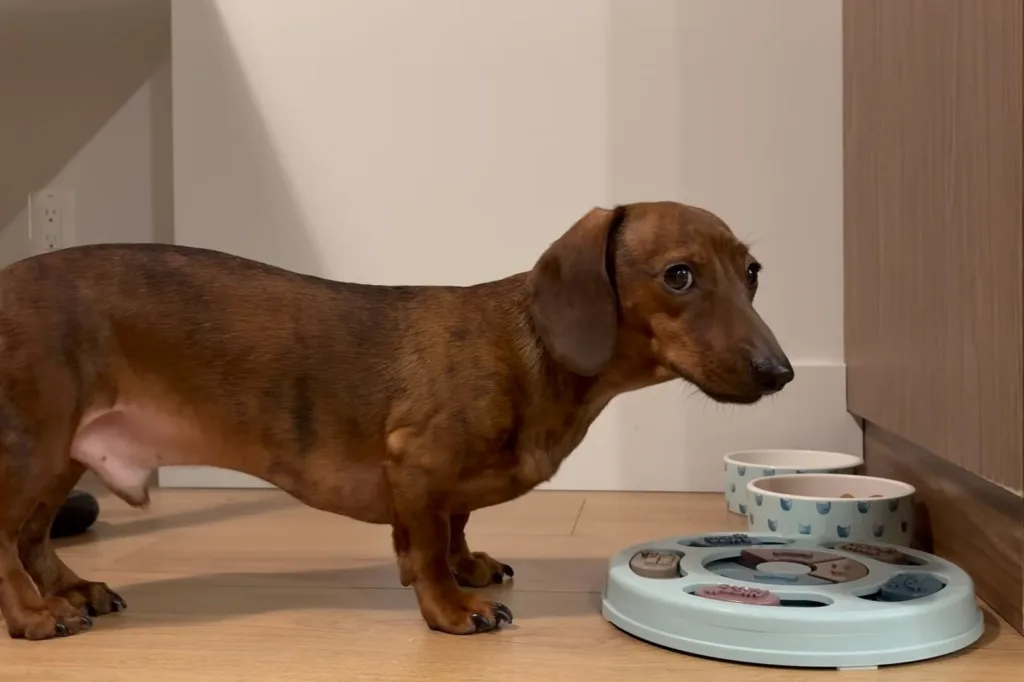
Does keeping a dog in a cage stunt growth? And if not, then what does? His breed and genetics are the central factors in determining his growth.
Of course, a lot of it also comes down to the diet and exercise he’s provided and whether the crate is sufficient for a dog of his breed and size.
A dog that was bred to be big will generally require a higher diet and more exercise to make sure he gets as big as he can. Vice versa for smaller breeds.
How Do You Decide on the Right Kennel Size?
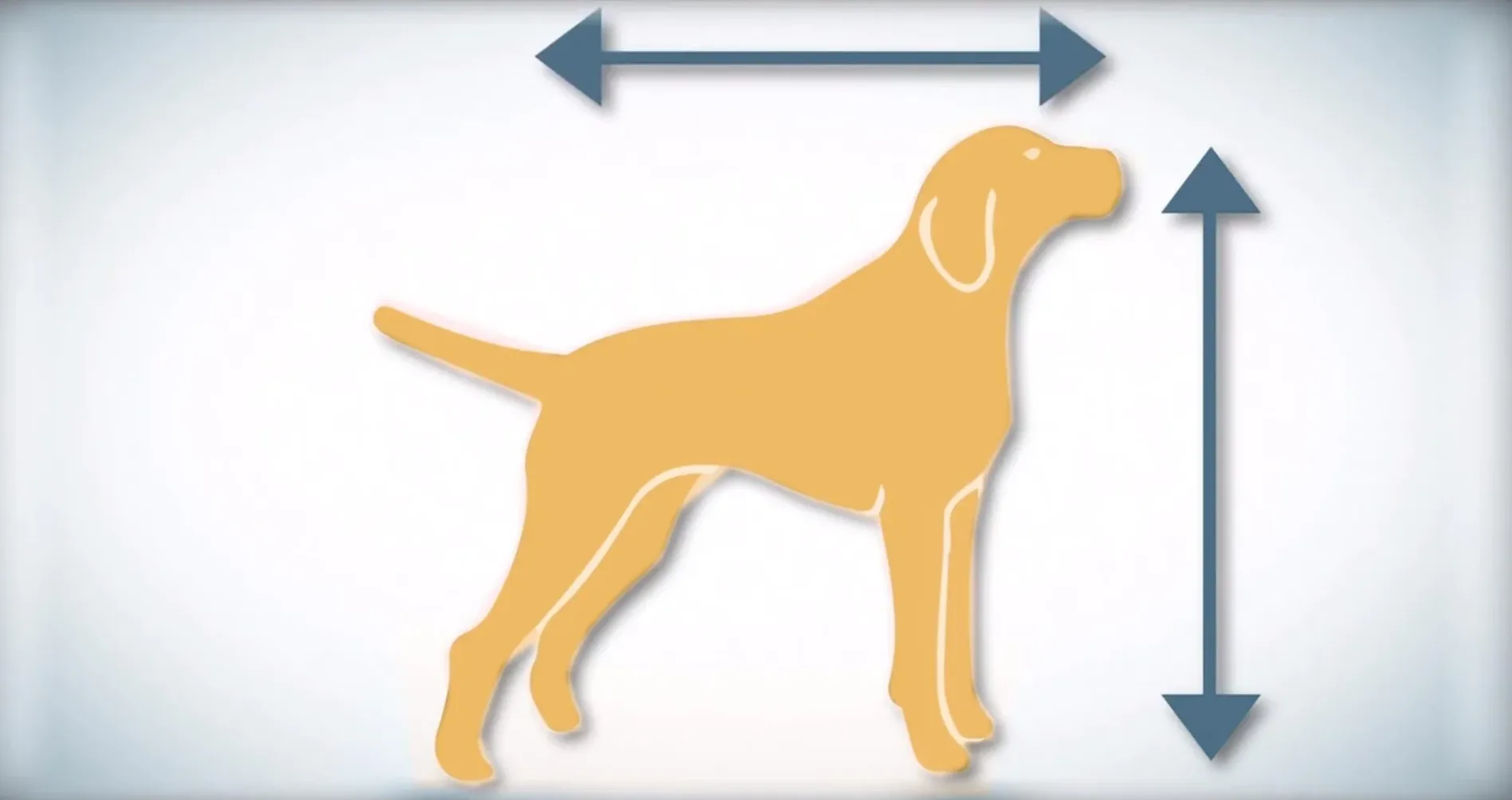
So, can a small cage stunt a dog’s growth? Well, as we’ve already established, the answer is no. However, that still doesn’t clear you to buy a kennel that’s too small for your pup.
Of course, selecting the right kennel size can be pretty difficult, especially for a new dog parent.
There are many factors you have to consider when shopping for a doggy crate.
For one, you need to make sure that the crate isn’t too big. Otherwise, it’ll allow your dog to relegate a different side of it for his pooping and peeing needs.
This practice of your pup relieving himself in his crate can make it very difficult for you to train him to do his business outside the house.
But as we said earlier, it shouldn’t be too small either, as that won’t allow him to stand up or stretch properly, which will affect both his mood and muscles.
If Crating isn’t The Issue, Then Why Isn’t Your Dog Growing?
We’ve already mentioned that your dog’s diet and breed are major factors in his growth.
So, if your dog isn’t growing as fast as you had hoped, it may be linked to the diet he’s receiving.
It’s an understood fact that different dog breeds have different nutritional needs.
And if the diet you’re feeding him doesn’t meet his needs, then there’s a very good chance that his growth will be stunted.
Therefore, it falls on you to double-check his nutritional needs with a vet.
Alternatively, there is a possibility that it’s all in your head.
We’ve seen many dog parents get anxious when their pup isn’t growing as fast as their other dogs.
And most of the time, that’s because their pup is following a different growth timeline.
Also, growth timelines in mixed-breed dogs can be slightly delayed compared to pure breeds.
You could try alleviating some of your stress by confirming your dog’s breed and growth timeline with a vet.
But we’d suggest sitting tight and waiting until your dog eventually hits that growth spurt.
Is Stunted Growth in Dogs Reversible?
Unfortunately, there is no way to reverse your dog’s stunted growth.
However, you do still have the chance to mitigate some of the effects by managing his nutritional needs.
Yes, you won’t be able to do much about his height, but you can still make sure he lives a long and healthy life by getting enough to eat.
Regular exercise, health checks, and proper sanitation will also contribute greatly to ensuring that he stays healthy for the rest of his woofing days.
What is The Ideal Size of a Dog Crate?
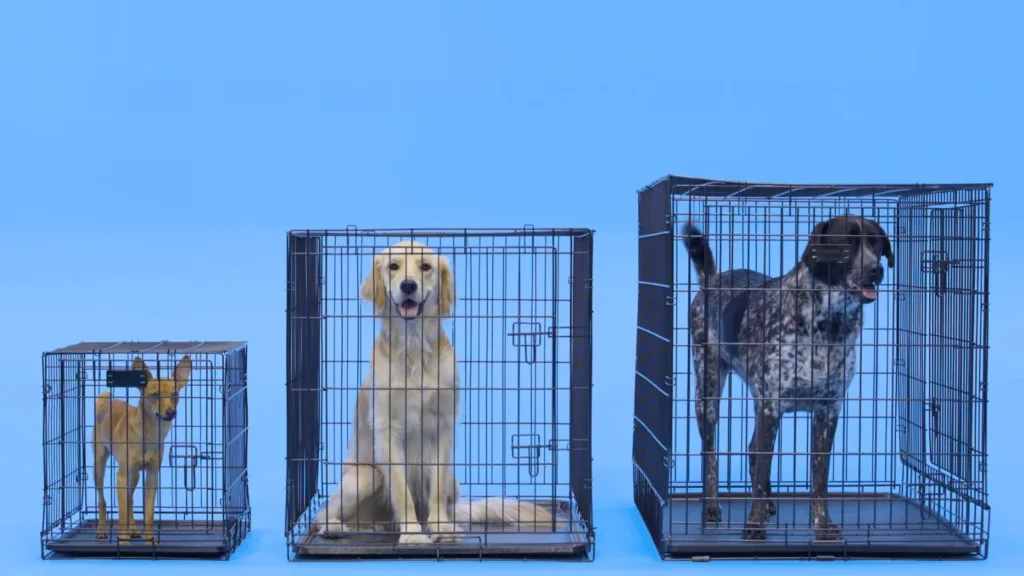
Now that you know how the size of a crate can impact your pup’s behavior, let’s talk about the ideal size of a crate for your dog.
Our general rule when selecting a crate is to get one that permits your dog to stand up, turn around, and stretch comfortably without hitting any of the crate’s sides.
At the same time, the crate shouldn’t be large enough to allow your dog to segregate an area for his nature calls.
Don’t Settle for Low-Quality Equipment
Can a small cage mishap a dog’s growth? Once again, we say no. However, that doesn’t mean you should just cram your dog into any cheap doggy crate you find on the market.
A well-sized crate that’s durable and spacious can do plenty for your dog’s behavior.
Consequently a well-behaved pup will be considerably easy to feed and walk, which in turn is essential to maintaining your dog’s growth timeline.
In fact, we’d recommend steadily filling his crate with high-quality grooming and decoration items.
Your efforts will take effect in time as your pup grows to be a strong, healthy, fully-grown dog.
FAQs
Can a cage stunt a dog’s growth, and affect a puppy’s bone development or overall size?
No, crating a dog cannot stunt a dog’s growth or affect his bone development. For one, we haven’t heard of any scenarios that back up this theory. Secondly, it’s well documented that the only factors affecting a dog’s size are its diet, breed, and genetics.
However, we still wouldn’t suggest buying a crate that’s too small for your dog as it can make your dog feel uncomfortable and develop symptoms like muscle pain.
Can a Small Kennel Stunt a Dog’s Growth During Specific Age Ranges and Developmental Stages?
There are no developmental stages or age ranges during which crating can affect or stunt a dog’s growth.
However, we would advise not keeping your 6-week to 3-month-old pup in a crate that’s too big for him.
As that’ll prompt him to start peeing in a corner of his crate, which can disrupt his potty training.
How Should I Balance Crate Training While Ensuring My Dog’s Healthy Growth And Development?
Your dog’s healthy growth and development aren’t related to crate training at all. Crate training’s purpose is to teach discipline and manners to your dog.
Whereas his growth and development are dependent on the diet you give him, particularly the nutrients included in that diet.
Does Keeping a Dog in a Cage Stunt Growth? – No It Doesn’t
So there you have it!
Crating your dog has no consequence on his growth or even his health.
Apart from the fact that a crate that’s too small can cause him slight muscle pain.
The only factors that can affect your dog’s growth are its breed, diet, and genetics.
So what’s essential is making sure he gets the right diet, full of nutrients that a dog of his breed needs to grow into a big ball of fluff.
With that said, we hope you liked our guide.
Looking for more content like this? Feel free to take a gander at our extensive library of similar blog posts.
Have a nice day!
